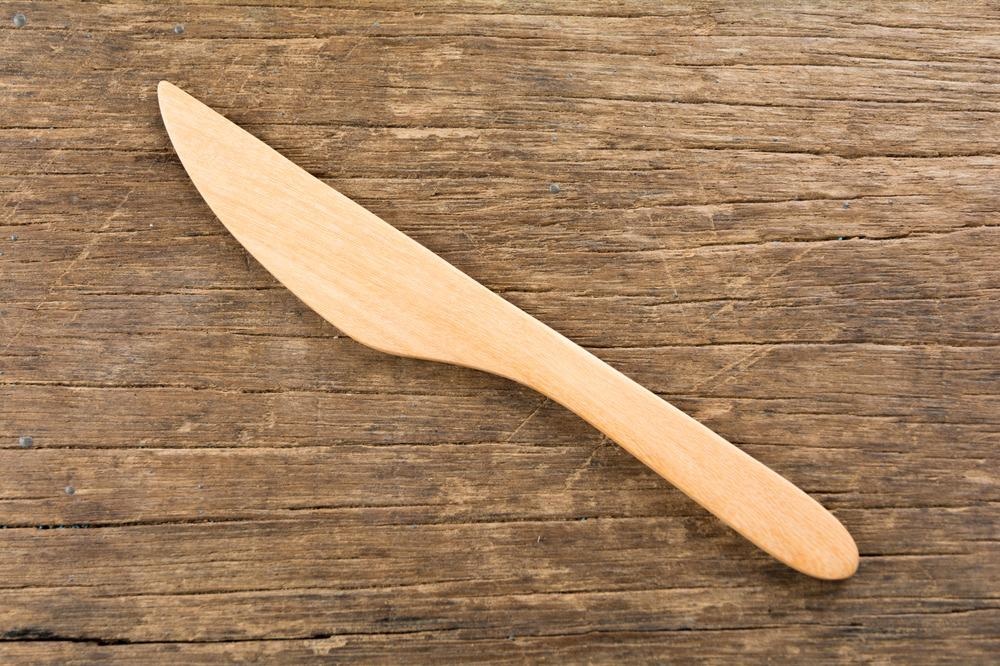For hundreds of thousands of years, humans have been using different techniques to increase the strength of natural wood, but in a recent groundbreaking study, researchers from the University of Maryland unveiled a process that was capable of making wood as hard as steel.

Study: Hardened wood as a renewable alternative to steel and plastic.Image Credit: tuasiwatn/Shutterstock.com
Between 40 and 50 percent of wood is made of cellulose. On its own, this natural material has a greater strength-to-density ratio than many man-made materials, including metals, polymers, and ceramics. By itself, wood is strong enough to be used as a building material, but wood processed to increase the ratio of cellulose to other components can make it much, much stronger.
The new study described a two-step process that removed the non-cellulose components of wood. Researchers said they were particularly focused on removing lignin, which is a binding compound. After the lignin was removed, the study team then applied heat and pressure to remove excess water.
The Maryland researchers started their process by cutting space wood blocks into small samples. The samples were then soaked in a solution of water, sodium hydroxide, and sodium sulfate. This solution filled in the pores of the wood samples, causing them to sink to the bottom of a holding container.
The samples were then separated into three different groups. Each sample was boiled at 100 degrees Celsius for either two, four or six hours. The samples were then rinsed to wash off any residual chemicals. At this point in the process, lignin was removed from the wood samples, causing them to be soft to the touch.
In the second phase of the process, the wood samples were placed in a hot press machine, covered with paper towels, and compressed at room temperature for six hours at 20 MPa. The samples were then heated to around 100 degrees Celsius to remove moisture. Finally, the wood samples were placed into food-grade mineral oil for 48 hours to create a water-resistant exterior.
The team conducted analyses to compare the different batches of samples, which were soaked in a chemical bath for either two, four, or six hours. The researchers discovered that the samples soaked for four hours performed better than the samples soaked for either two or six hours.
Examinations under a high-resolution microscope revealed the two-step process considerably reduces the number of pores, gaps, channels, and defects in the wood. These spaces allow for a tree to transport water, but they also reduce the potential strength of lumber.
More Innovative Wood Uses - Conic: Replacing Plastics with a Wood-Based Formable Packaging Solution
The study researchers also looked to demonstrate the practicality of their artificially hardened wood by using it to make a table knife. After processing, a wood sample was carved into the shape of a knife, sharpened, and soaked in mineral oil to create a water-resistant surface. This exterior coating not only prevented the wood knife from soaking up water, but it also helped to keep the knife sharp.
The result was a dishwasher-safe table knife that was three times sharper than a standard knife. The study team showed it was able to easily cut through a cooked steak. While wooden cutlery has become a popular green alternative to steel or plasticware, the knife developed by the team was much sharper than anything else available, and 23 times harder than unprocessed wood.
As further proof, the study team also created a nail from their hardened wood that they then pounded into a wooden block. The researchers pointed out that their nail was as hard as steel but resistant to rusting and expanding due to moisture.
Why Switch to Hardened Wood?
The results of the study and the two applications showed that hardened wood could be a cheap, sustainable raw material. Plastic and steel have been very popular raw materials due to their strength. However, each material has problematic qualities.
Billions of plastic utensils are used and thrown away each year. Recycling efforts of these utensils are sporadic and they are not easily recyclable due to their size. These small pieces of plastic take more than 400 years to decompose in a landfill, according to the study team.
Further Reading: Regenerating Wood Waste with Additive Manufacturing
Steel and other alloys are stronger than plastic and recyclable. However, these materials involve costly production processes that are energy-intensive. For example, steel production requires a heating process of around 1000 degrees Celsius. Ceramic knives and dishes also require extreme, energy-intensive heat.
Pending a bit more analysis, the process described in the study appears to be much more energy-efficient. It requires a far lower heat of 100 degrees Celsius. Also, the product is far more environmentally friendly than plastic in particular. Furthermore, the study team said the chemical bath could potentially be reused from batch to batch.
Resources and Further Reading
Cell Press. Researchers make hardened wooden knives that slice through steak. EurkAlert. [Online] Available at: https://www.eurekalert.org/news-releases/931555
Chen, B. et al. Hardened wood as a renewable alternative to steel and plastic. Matter. [Online] Available at: https://www.sciencedirect.com/science/article/abs/pii/S2590238521004653
Sims, D. Researchers claim to make wood that is tougher than steel. Techspot. [Online] Available at:https://www.techspot.com/news/91982-researchers-claim-make-wood-tougher-than-steel.html
Disclaimer: The views expressed here are those of the author expressed in their private capacity and do not necessarily represent the views of AZoM.com Limited T/A AZoNetwork the owner and operator of this website. This disclaimer forms part of the Terms and conditions of use of this website.